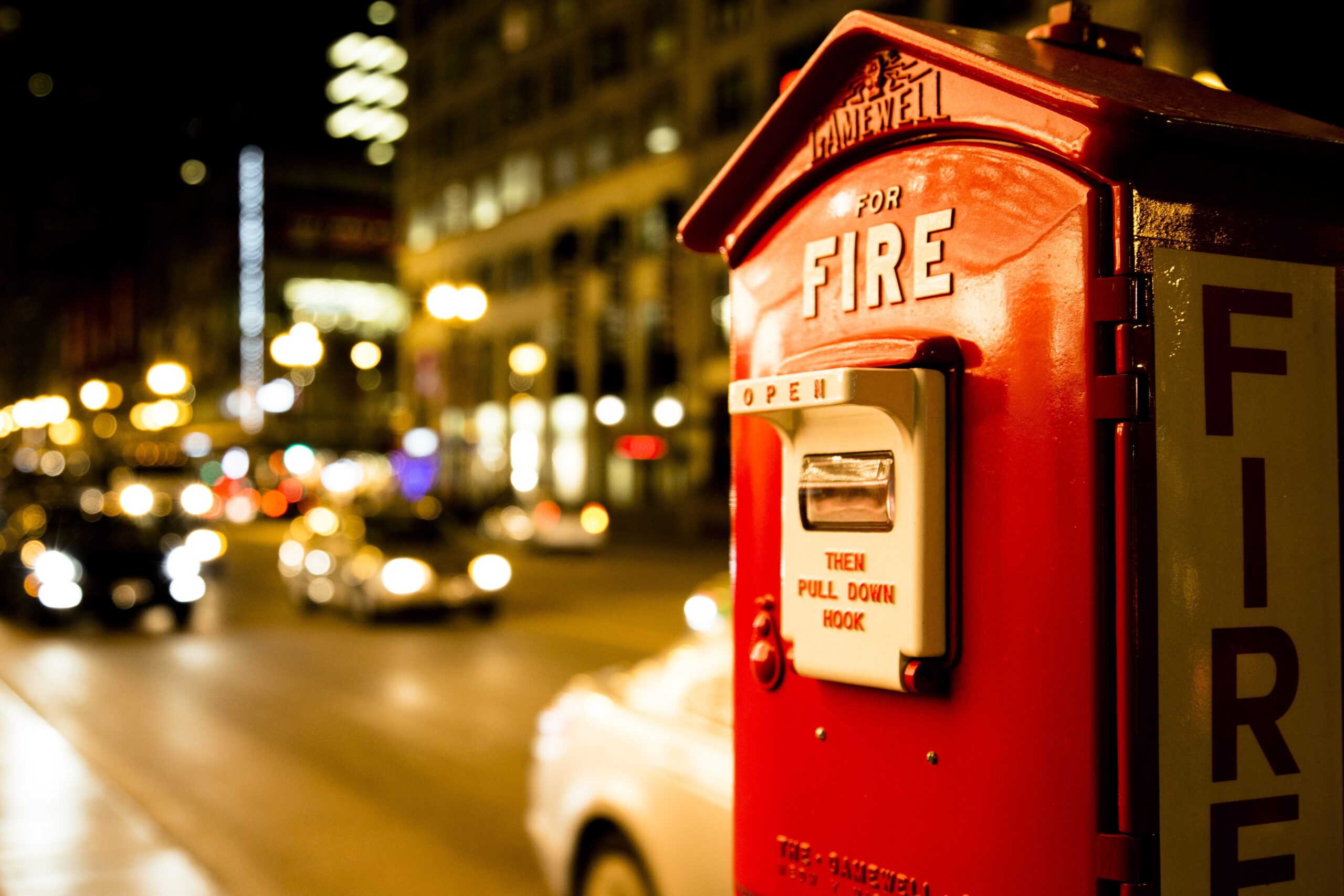Fire, one of humanity’s earliest discoveries, holds the dual role of being both a life-enhancing tool and a potential threat. As time has progressed, so has our understanding of fire safety. With modern alert solutions in place, we can now anticipate and respond to fire emergencies faster and more efficiently than ever. This proactive approach can make the difference between minor damage and catastrophic loss.
The Proactive Approach
At the heart of modern fire safety lies the concept of early detection systems. These systems, using a combination of sensors and algorithms, can detect potential fire threats well before they escalate into major emergencies. Acting as the first line of defense, they’ve become an integral part of building safety protocols worldwide.
Smoke Alarms: The First Sign
Smoke alarms are arguably the most recognizable fire alert solutions. They detect the presence of smoke, which is typically the first sign of a fire. Modern smoke alarms have become more sophisticated, capable of differentiating between types of smoke to reduce false alarms. Regularly testing and changing the batteries in smoke alarms ensures that they’re always ready to alert occupants at the earliest sign of trouble.
Heat Detectors: Sensing the Temperature Rise
While smoke alarms detect particles in the air, heat detectors sense a rapid increase in temperature. These are particularly useful in areas where smoke alarms might be prone to false triggers, such as kitchens. They provide an additional layer of protection by picking up on rapid temperature changes indicative of a fire.
Sprinkler Systems: Immediate Response
Going a step beyond mere detection, sprinkler systems take immediate action when triggered. Modern sprinklers are designed to target the exact location of a fire, suppressing it before it can spread. Contrary to popular belief, they don’t all activate at once; only the sprinkler(s) closest to the fire will deploy, minimizing water damage.
Video Smoke Detection: The Power of Visuals
Harnessing the capabilities of modern video technology, video smoke detection systems use cameras to monitor large areas continuously. These cameras, paired with advanced software, can identify the visual cues of a fire, such as smoke or specific types of flame, and trigger an alert. This method is especially useful in large, open spaces like warehouses or auditoriums.
Gas Detection: Preventing Invisible Threats
Not all fires come with visible signs. Sometimes, a gas leak can pose a significant threat, with the potential to result in explosive fires. Modern gas detectors continuously monitor the environment for signs of gas leaks, sounding an alarm if dangerous levels are detected.
Remote Monitoring: Keeping an Eye from Afar
With advancements in internet technology, fire alert systems can now be monitored remotely. This feature is invaluable for commercial properties or large estates. In case a fire detection system is triggered, alerts can be sent in real-time to security personnel, property managers, or even local fire departments, ensuring a rapid response.
Mobile Alerts: Stay Informed On-the-Go
In an age where our smartphones are virtually glued to our hands, integrating fire alert systems with mobile technology is a no-brainer. Many modern systems offer apps or text alert features that notify property owners instantly if an alarm is triggered. This allows for immediate action, even if one is miles away from the property.
Staying a step ahead of fire is not just about having the right tools but also about regular maintenance and understanding the capabilities of those tools. The fusion of technology with fire safety has given us automatic fire detection systems and other advanced solutions, turning buildings into fortresses of safety. As we continue to innovate, one thing remains clear: early detection and rapid response are the cornerstones of fire safety, ensuring that we always have the upper hand against potential threats.
